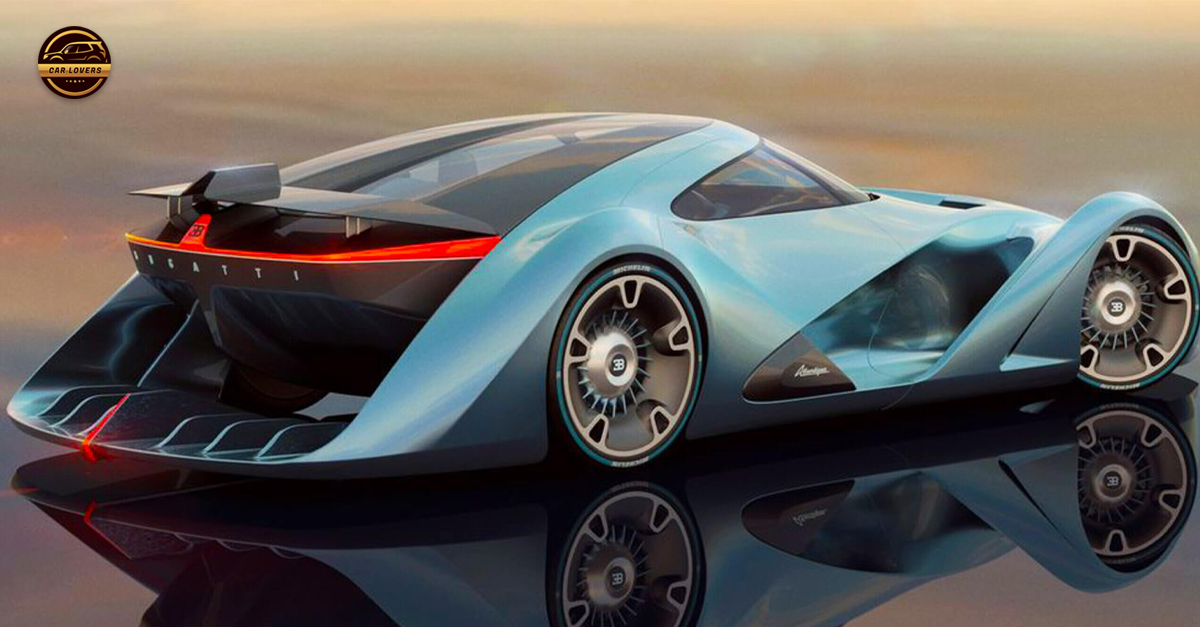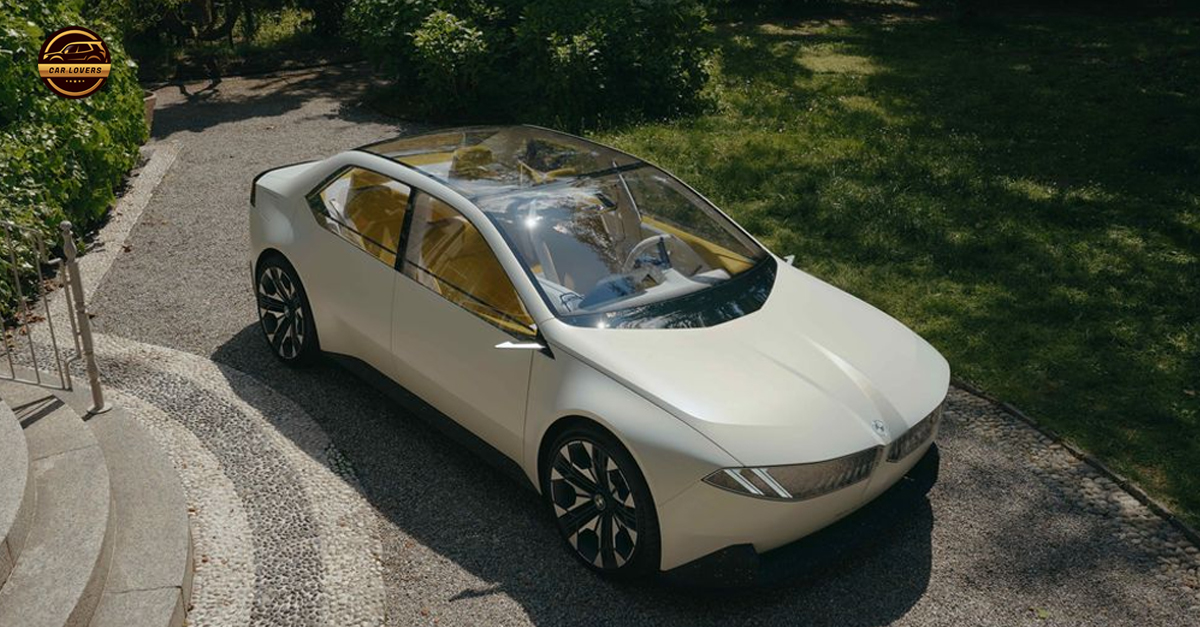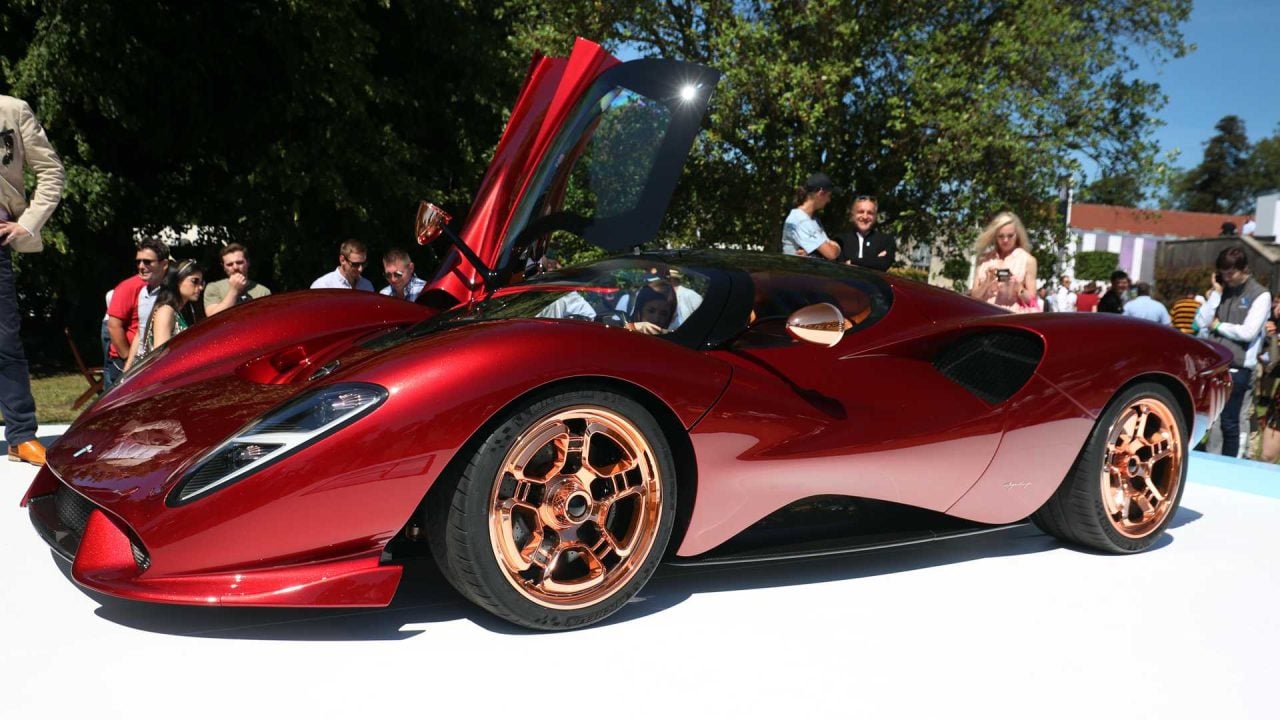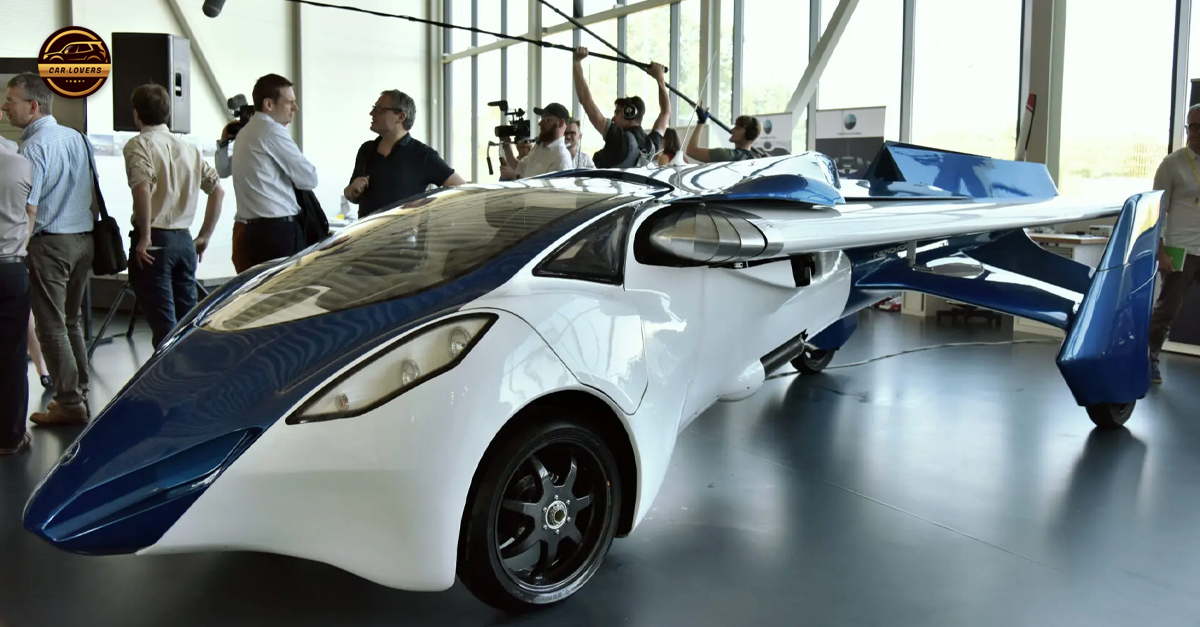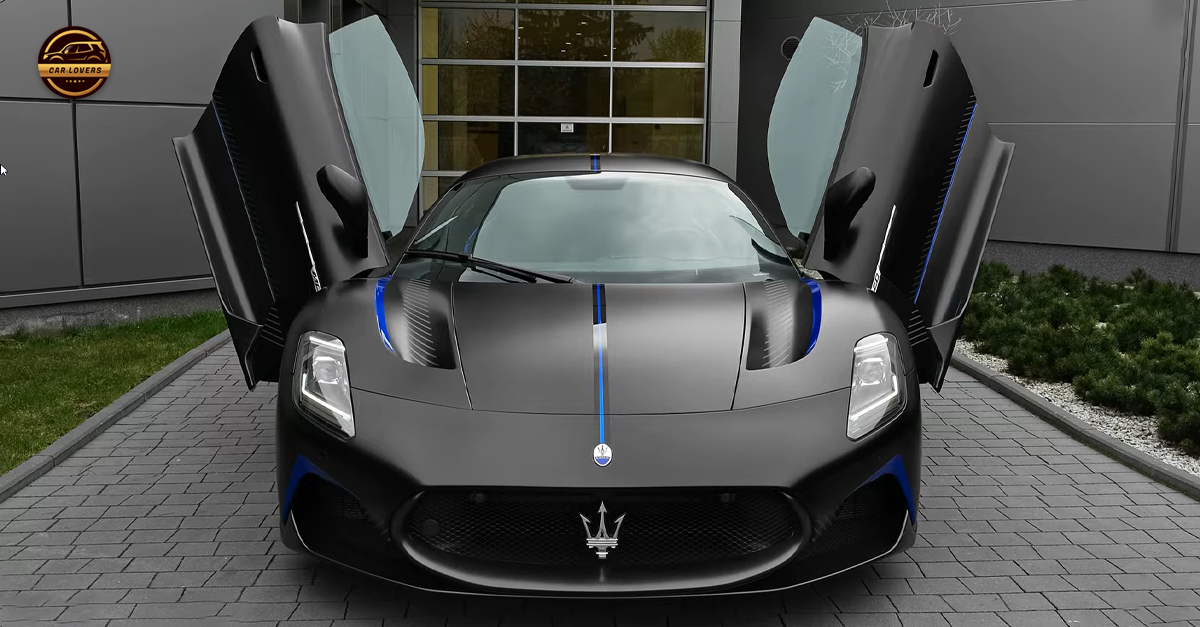The current Toyota Highlander Hybrid is a beautifully measured crossover.
If you’re looking for a mid-size SUV for family duties, then you’ve likely already realized there’s a wealth of choice out there. The Toyota Highlander isn’t the flashiest or the most tech-forward on the market, but there’s a reason you see so many on the road. The hybrid version comes with excellent fuel economy figures of as much as 36 mpg combined, adding to the Highlander’s practicality, comfort, affordability, and Toyota’s reputation for reliability.
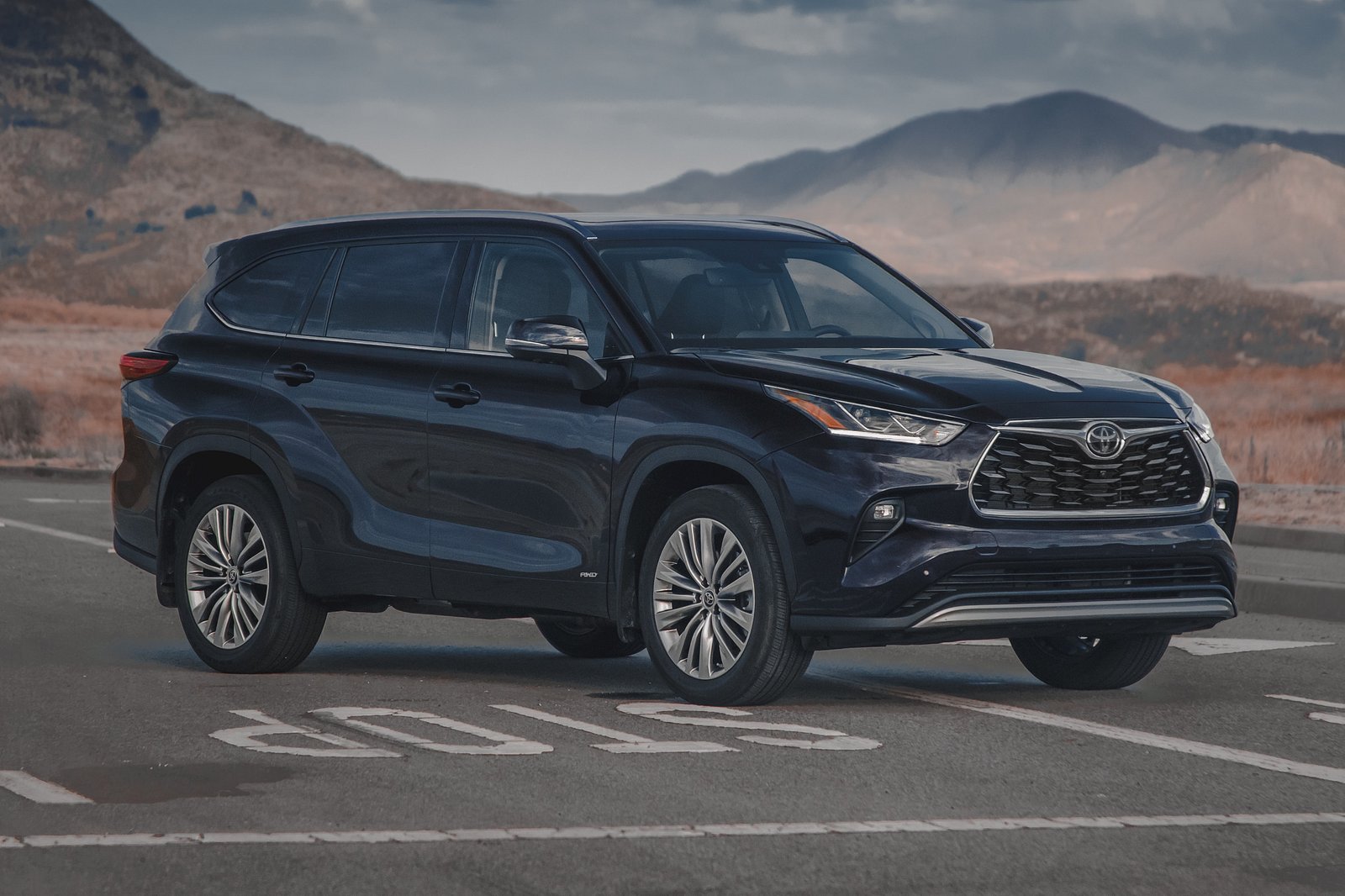
All the Toyota Highlander Hybrid models use a 2.5-liter four-cylinder engine combined with electric power to make 243 horsepower, and both front-wheel and all-wheel-drive are available. Gas models may be more powerful, but they don’t get the savings at the pumps. Both versions benefit from updates for 2023, however, with the upper trims getting dual 12.3-inch screens as standard, while the larger touchscreen becomes optionally available to the Hybrid XLE. We spent some time with the Highlander Hybrid to see why buyers would choose it over rivals like the Kia Sorento Hybrid.

Styling: Background Music
Nobody looks at a Toyota Highlander and thinks, “Wow!” It’s just not an arresting design. What it does do well is fade into the background, even in the Platinum trim we were sent with its 20-inch wheels and LED headlights. And that’s not a bad thing as not everyone wants to be noticed. Besides, it’s not exactly offensively styled either, has some nice touches if you take a second look, and won’t look well out of date in five year’s time.
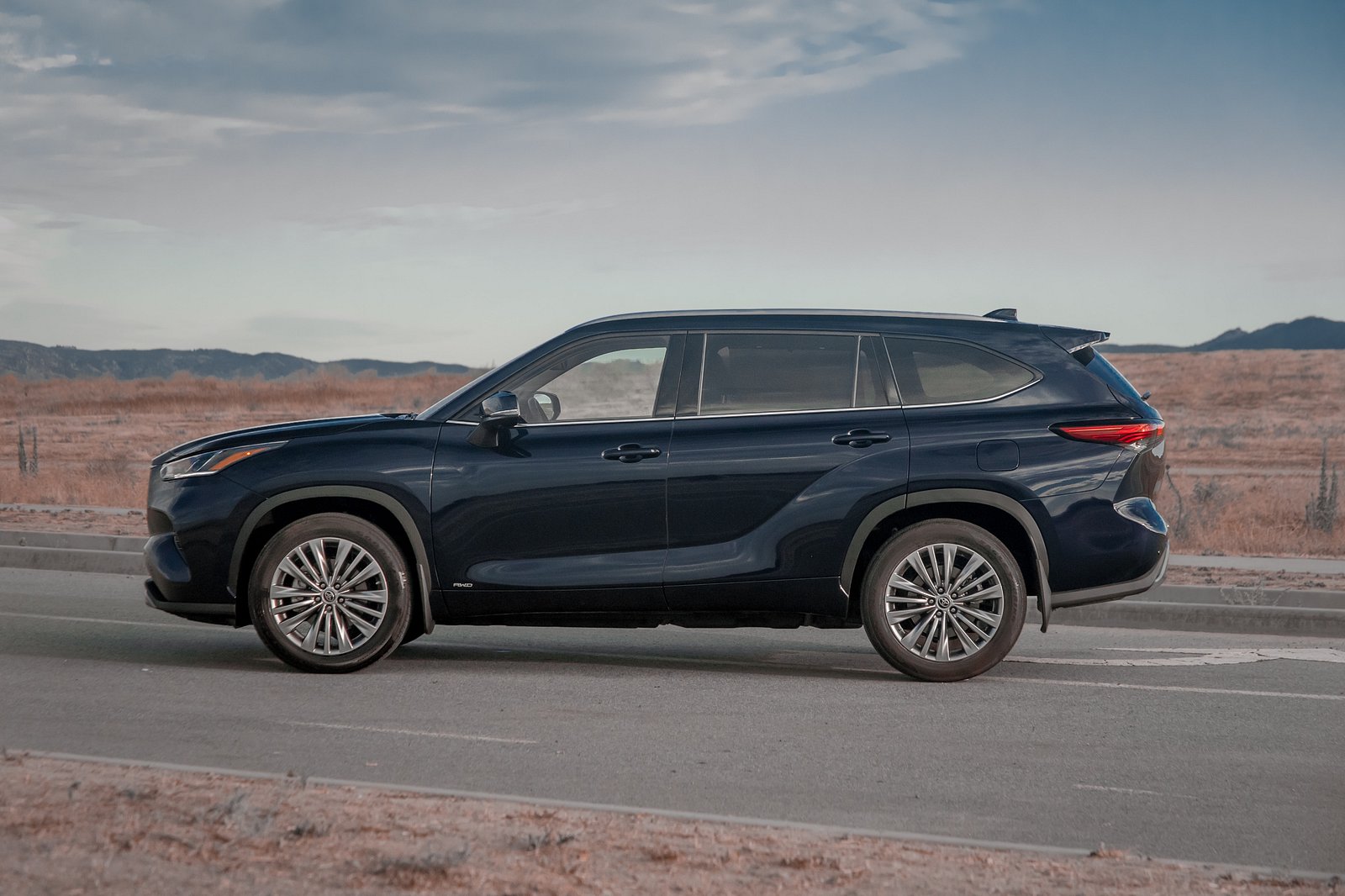
There are some reasons we wouldn’t go for the Platinum trim, including that 20-inch wheels are of no real use to the Highlander beyond making tires much more expensive when they need replacing. But the top trim does get adaptive front lighting and a panoramic glass roof.
Interior: Typical Toyota
Inside, the Highlander is standard Toyota fare. This means it’s comfortable, the materials are good, and the build quality is solid. Going up the trims gets you more premium materials and seat adjustability, as well as changes in seating capacity. In standard form, the three rows will seat a maximum of eight people, while swapping the center bench seat for more comfortable captain’s chairs brings it down to seven. However it’s set up, though, the interior is spacious and full of useful storage options.
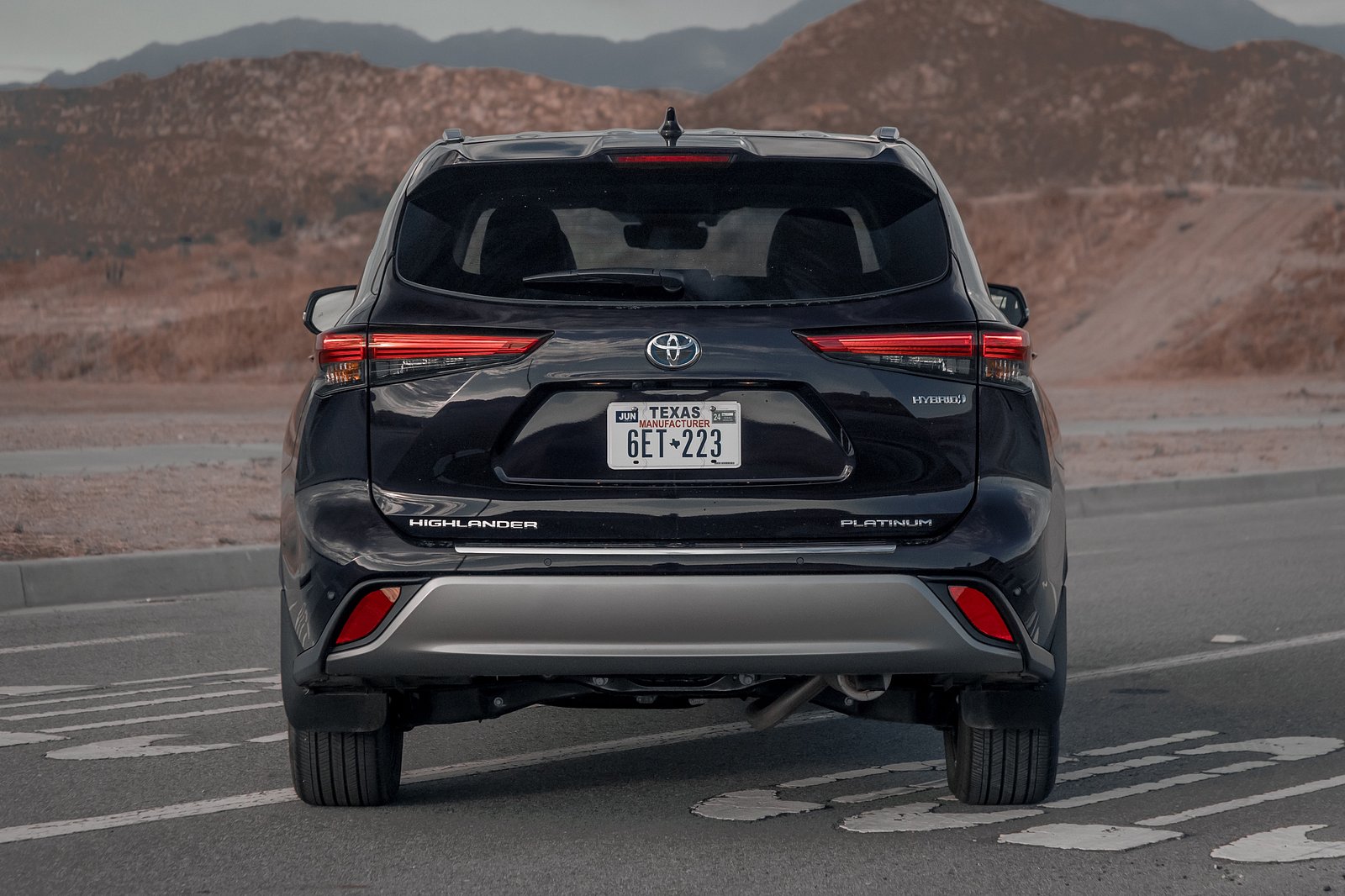
The middle row, with its 38.7 inches of legroom, is where everyone will want to be as it is more than a little cramped in the back for anyone but kids. Cargo space is a merely useful 16.0 cubic feet of space until you fold down the third row of seats to open it up to 48.4 cubes; a generous 84.3 cubic feet of trunk space is available with both rows folded. For us, that means the third row is something to be used when needed and not to be relied upon – we’d likely keep it stashed away most of the time.

Platinum models feature heated second-row seats in addition to the heated and ventilated front seats that are standard from the Limited. A 10-inch head-up display is included on the top trim.
Powertrain: Perfectly Adequate
Under the Highlander Hybrid’s hood sits an efficient 2.5-liter four-cylinder engine backed up by Toyota’s proven hybrid system. It’s lauded for kicking on and off when needed as stealthily as a cat that knows there’s a Thanksgiving turkey on the counter. Between that and the CVT gearbox, the Highlander is smooth to drive. Front-wheel drive is the base configuration, but all-wheel drive – as on our tester – costs almost $2k more. All hybrid models use regenerative braking to recharge the battery, which is located under the middle row so as not to eat into cargo space.
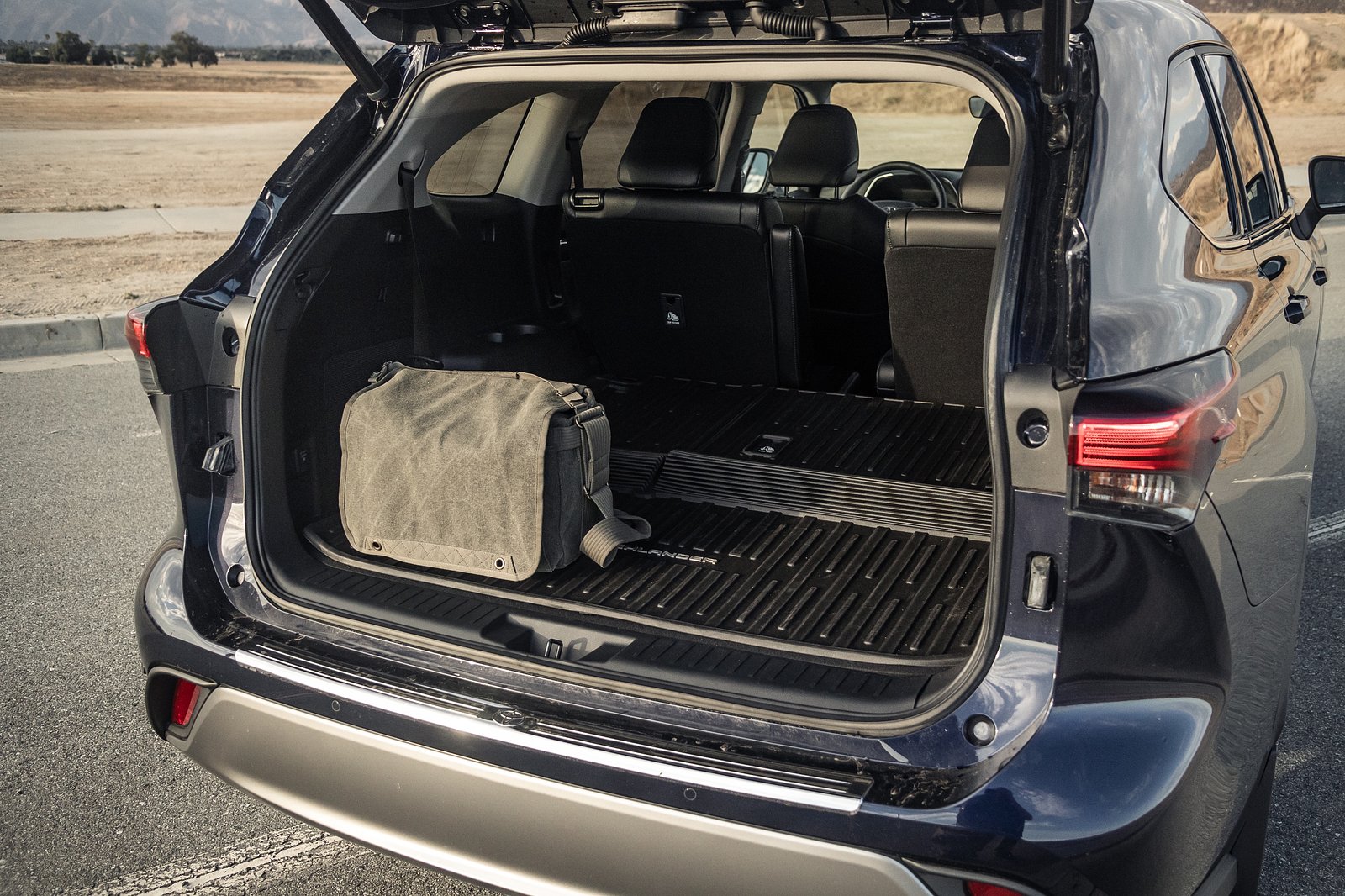
Someone, somewhere in Toyota’s product planning division, is incredibly good at their job, as the Highlander Hybrid’s 243 hp is not too much, not too little to hustle through traffic while still maintaining that good fuel economy target. During our week, we averaged around 36 mpg without adjusting driving style, which speaks volumes for how good Toyota is at designing hybrid systems.
